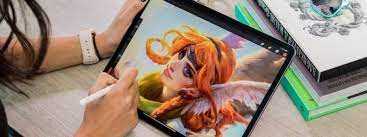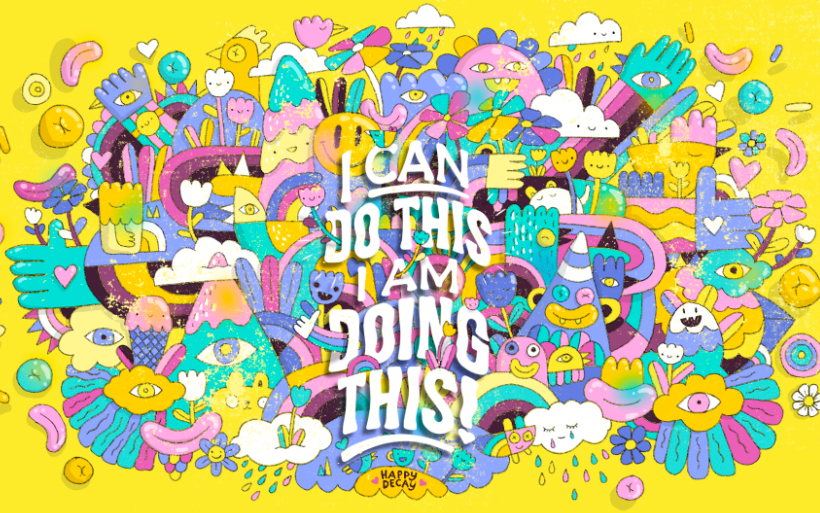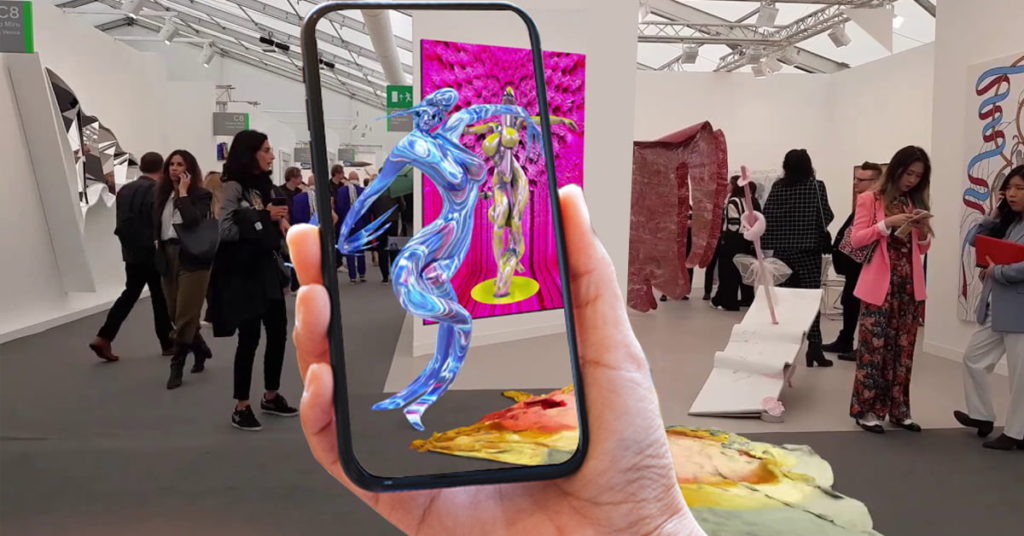
In recent years, the world of art has undergone a digital revolution. Digital art, augmented reality (AR), and the integration of technology have opened up endless possibilities for artists to create immersive and interactive experiences. From virtual art exhibitions to AR art installations, these innovative approaches to artistic expression are captivating audiences and breaking down traditional boundaries. Let’s explore the fascinating realm of digital art and augmented reality and discover how technology is shaping the future of artistic creations.
Digital Art: A New Frontier in the Artistic Landscape

Digital art has transformed the way artists conceptualize and communicate their ideas. This form of art utilizes digital media, such as computers, tablets, and software applications, to produce artworks that may be interactive, animated, or static. By leveraging the power of technology, digital artists can seamlessly blend different mediums, experiment with new techniques, and push the boundaries of artistic possibilities.
One of the key advantages of digital art is its accessibility. With the proliferation of devices like smartphones and tablets, anyone can engage with digital artworks anytime, anywhere. This democratization of art allows for greater exposure and appreciation of artistic expressions that may have been otherwise out of reach for many.
Augmented Reality: Bridging the Gap between the Virtual and the Real

Augmented reality (AR) takes digital art a step further by merging the virtual and physical worlds. AR overlays computer-generated content onto the user’s real-world environment, enriching their perception and creating an immersive experience. Whether it’s through smartphone apps, wearable devices, or specialized glasses, AR artists are pushing the boundaries of traditional art exhibitions and installations.
Augmented reality art installations provide viewers with a unique opportunity to interact with the artwork and become part of the creative process. Imagine strolling through a gallery where paintings come to life, sculptures react to your presence, and soundscapes transport you to another dimension. AR blurs the lines between the real and the digital, offering a new way to experience art like never before.
Virtual Art Exhibitions: Redefining the Gallery Experience
The emergence of virtual art exhibitions has revolutionized the art world, particularly in light of recent global events. Virtual galleries provide a platform for artists to showcase their work to a global audience without the limitations of physical space. Through immersive digital environments, viewers can navigate through curated collections, interact with artworks, and even purchase pieces with a simple click.
These virtual art experiences often employ AR and virtual reality (VR) technologies, allowing visitors to feel as though they are physically present in the gallery. With VR headsets, users can literally step into a virtual realm, exploring artworks from every angle and experiencing the depth and dimensionality that may not be easily conveyed through traditional mediums.
AR Art Installations: Merging Technology and Imagination
AR art installations offer a novel way for artists to express their creativity and engage with audiences. By leveraging technology, artists can transform physical spaces into interactive and dynamic environments that challenge viewers’ perceptions.
One notable example is Olafur Eliasson’s “Rainbow,” an AR installation that utilizes light and color to create a vivid visual experience. When visitors use their smartphones to view the installation, a virtual rainbow is superimposed onto their surroundings, adding a layer of enchantment to the environment. This integration of technology with art elevates the viewer’s experience and enables a deeper connection to the artwork.
Interactive Art: Engaging the Senses
In the realm of digital art and augmented reality, interactivity plays a crucial role in engaging audiences on a profound level. Interactive art blurs the boundaries between the artwork and the viewer, transforming the passive observer into an active participant.
Through AR experiences, viewers can manipulate and control digital elements within the artwork, altering their perception and creating a unique narrative. This level of interaction sparks curiosity and invites exploration, enabling viewers to form a personal connection with the artwork and the artist.
The Role of Digital Artists: Pioneers in the Technological Frontier
Digital artists are at the forefront of this artistic revolution, pushing the boundaries of what is possible through the fusion of technology and creative expression. These artists leverage software applications, virtual reality tools, and AR platforms to create works that defy conventional mediums.
The integration of technology in art not only allows for new forms of expression but also challenges traditional artistic notions such as materiality, authenticity, and authorship. Digital artists are redefining what it means to be an artist in the digital age and paving the way for future generations to explore the possibilities of technology in their artistic endeavors.
Mixed Reality Art: A Glimpse into the Future
Mixed reality (MR) art represents the convergence of virtual reality and augmented reality, creating a hybrid experience that seamlessly blends the real and the virtual. MR art installations transport viewers into alternate realities, where the digital and physical coexist, providing an entirely new perspective on artistic creation.
Imagine walking into a room where the walls transform into immersive digital landscapes, sculptures come to life, and soundscape resonates from every corner. MR art pushes the boundaries of traditional art exhibitions and creates unforgettable experiences that challenge our perception of reality.
Digital art and augmented reality have revolutionized the world of artistic creation, enabling artists to conceptualize and communicate their ideas in entirely new ways. From virtual art exhibitions that transcend physical limitations to augmented reality art installations that bridge the gap between the real and the virtual, technology has opened up a realm of possibilities for both artists and audiences.
Digital artists are pioneers in this technological frontier, using software applications, virtual reality tools, and AR platforms to push the boundaries of artistic expression. As technology continues to evolve, we can only anticipate even more breathtaking creations and innovative approaches that blur the lines between the digital and the real.
In this era of rapid technological advancements, the integration of technology in art is transforming the art world, engaging audiences on a profound level, and challenging traditional artistic notions. As we dive deeper into the realm of digital art, augmented reality, and mixed reality, we can expect a future where artistic experiences are no longer confined to physical spaces but inhabit the digital landscape, captivating and inspiring audiences worldwide.
























